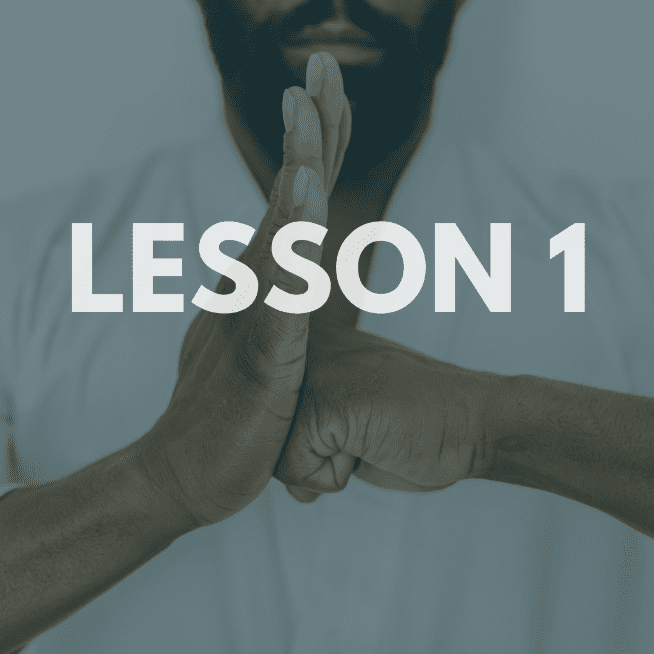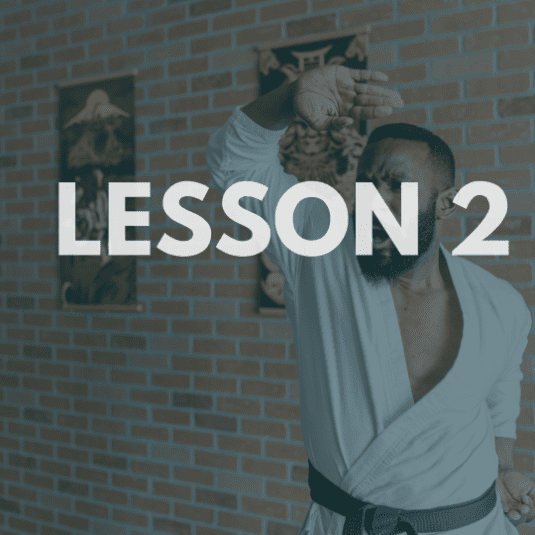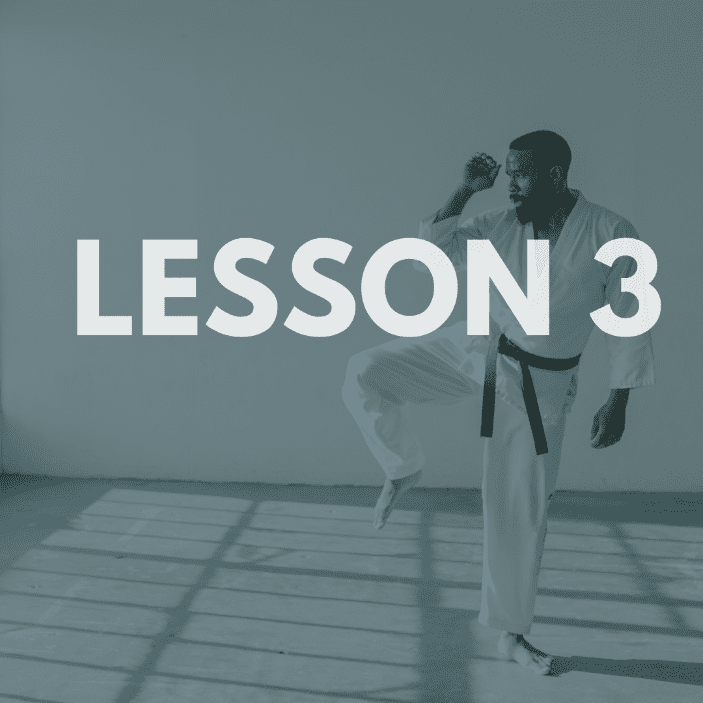Week 4
DLS Weekly Progress
50%
Recap on – Strikes and defense, human body, pressure points, Body Positioning, Ranges, grabs, holds, chokes, Survival skills – weaponizing yourself, kidnapping and close quarter techniques
DLS Weekly Progress
50%
Recap on – Strikes and defense, human body, pressure points, Body Positioning, Ranges, grabs, holds, chokes, Survival skills – weaponizing yourself, kidnapping and close quarter techniques

Most people will not believe the time it takes to abuse. It takes less than 15 seconds to physically abuse an individual. The reason why we keep emphasizing awareness is that it can keep you safe. You have to be security aware of your environment, and take metal checks of your surroundings.
Security awareness is essential for maintaining personal safety in any environment. By mastering the skills of environmental perception and Strategy, you can better assess potential risks, identify safe routes, and anticipate possible threats. This proactive approach empowers you to respond with confidence and avoid high-risk situations whenever possible. In this section, you will learn techniques for reading your environment, understanding situational cues, and creating personal safety strategies.
Core Components of Security Awareness
Drills for Developing Security Awareness I. Environmental Scan Practice · Objective: Strengthen the habit of scanning and assessing your surroundings in various settings. · Instructions: Choose a location (e.g., a coffee shop or park) and practice scanning for exits, barriers, and any potential risks. Mentally note where you would go if a threat appeared. · Goal: Develop a natural routine for observing surroundings and mentally mapping out safe zones. II. Behavioral Cue Observation Drill · Objective: Improve your ability to recognize and interpret non-verbal cues in others. · Instructions: In a safe, public setting, observe how people interact. Focus on identifying subtle cues, such as body language, eye contact, and gestures, to detect unusual or agitated behavior. · Goal: Build skill in recognizing signs that may indicate aggression or unease. III. Strategic Positioning Exercise · Objective: Practice positioning yourself advantageously in various environments. · Instructions: When in a public place, select seating or standing areas that maximize visibility and control over your immediate space. Position yourself near exits when possible and maintain awareness of those around you. · Goal: Develop a habit of choosing locations that provide both physical and psychological advantages in any setting. |
Mastering security awareness through environmental perception and strategic positioning empowers you to proactively manage potential risks. By observing surroundings, interpreting behavioral cues, and planning responses, you create a safer environment for yourself. Remember, a strong sense of security awareness is as much about prevention as it is about response.
Section Assignment Assignment 1: Environmental Scanning Exercise · Objective: Develop the habit of quickly assessing your surroundings for potential threats and safety options. · Instructions: o During your daily routine (e.g., at a park, mall, or parking lot), spend 2-3 minutes scanning your environment and identify: § Exits and escape routes. § Potential threats (e.g., suspicious behavior or objects). § Safe zones (e.g., well-lit areas, populated spaces). o Write a short reflection on your observations and how confident you felt in identifying threats and safety options. Assignment 2: Reaction Time Practice · Objective: Improve your ability to react quickly to sudden changes in your environment. · Instructions: o Ask a partner or use an app with random timers. When the partner moves or the timer goes off, perform one of the following actions: § Move to a defensive Stance. § Call out “Help!” loudly. § Identify the nearest exit or safe zone and move toward it. o Perform 10 repetitions and time your reaction speed. Write a brief reflection on how you can improve your reaction times. Assignment 3: Situational Awareness Walk · Objective: Practice vigilance in a realistic environment. · Instructions: o Go for a walk in a familiar area (e.g., your neighborhood or a local park). o During the walk, focus on: § Identifying areas where an attacker could hide. § Pinpointing well-lit areas and nearby exits. § Noticing people behaving unusually or appearing out of place. o After the walk, write a list of: § Three potential threats you observed. § Two safe zones or exits. § One thing you would do differently to enhance your vigilance next time.
|
Security awareness – know your surrounding and people, most people will not believe the time it takes to abuse. It takes less than 15 seconds to physically abuse an individual.

It’s week 4 and this guy is saying multiple attackers – that is not my portion I hear you say. The thing is, in reality, acts can be carried out by one provoker/aggressor/predator/abuser or multiple.
In the case of multiple provokers – a group of adolescents having fun, drunk people trying to have fun (they think), or a political or religious group – you must have a Strategy. You cannot strike and defend and believe you will be able to achieve your goal – unless you can dash/run like Mr Bolt.
Defending against multiple threats requires a combination of strategic positioning, quick decision-making, and controlled movement. In such scenarios, it’s essential to manage your space, minimize potential vulnerabilities, and stay mobile to avoid being surrounded. The primary goal is to escape safely whenever possible. However, if escape is not immediately available, your position and movement must ensure that only one attacker can engage you at a time, reducing the risk of being overwhelmed.
DLS Key Principles of Defense Against Multiple Threats
DLS Defensive Techniques for Multiple Threats
Drills and Exercises for Multi-Threat Defense
|
Section Assignment Assignment 1: Threat Awareness and Positioning Drill · Objective: Practice positioning yourself to manage multiple attackers effectively. · Instructions: o Use household objects (e.g., chairs, pillows, bags) to simulate multiple attackers positioned around you. o Practice the following: 1. Stand in a position where you can see all “attackers” without turning your back on any of them. 2. Move in a circular pattern to keep all “attackers” within your line of sight, avoiding blind spots. 3. Identify potential escape routes or barriers to limit their access. o Write a reflection on: 1. How positioning improved your control over the situation. 2. Challenges you faced maintaining awareness of all threats. Assignment 2: Mobility and Angle Creation Drill · Objective: Develop footwork and mobility to evade and reposition effectively. · Instructions: o Set up small markers (e.g., shoes, cones, books) to represent attackers. o Practice: 1. Moving laterally to create distance from each marker. 2. Pivoting and angling yourself to face only one “attacker” at a time while keeping the others at bay. 3. Combining side steps and quick pivots to evade attacks and reposition for potential counterattacks. o Repeat for 5-10 minutes and gradually increase speed. o Submit a written or video reflection on how mobility helped you stay in control. Assignment 3: Barrier and Distraction Utilization Drill · Objective: Use barriers and distractions to manage multiple attackers. · Instructions: o In your environment, identify items that can serve as barriers (e.g., tables, chairs, walls). o Simulate attackers closing in: 1. Position yourself behind the barrier to block their approach. 2. Use an item (e.g., a pillow or bag) as a distraction by throwing it toward a simulated attacker, giving you time to reposition. 3. Practice combining these tactics to create space and escape. o Write a brief summary of your experience: 1. What barriers or distractions worked best? 2. How did these tactics improve your ability to manage multiple threats? |
Defense against multiple threats- It’s week 4 and this guy is saying multiple attackers – that is not my portion I hear you say. The thing is, in reality, acts can be carried out by one provoker/aggressor/predator/abuser or multiple.

As mentioned previously there are parts of the body, no matter the size, strength and experience of the individual – pressure on that part will cause serious pain and the body must react. When extra force is added to this pressure or technique, it is classified as deadly force.
Understanding Deadly Force
Definition: Deadly Force in self-defense refers to using force that is likely to cause serious bodily injury or death. This could involve the use of weapons, or actions that are meant to incapacitate an attacker in a life-threatening situation. Not everyone is naturally inclined to inflict pain or harm. However, in life-threatening situations, it’s crucial to overcome this hesitation. Through mental conditioning, you can train yourself to react decisively.
Why It Can Be an Option: In extreme cases, Deadly Force may be necessary to protect oneself or others from an imminent threat of death or serious injury. It’s a last-resort measure to ensure immediate safety.
Why understand concept of Deadly Force;
When It Should Be Used
Understanding and practicing the concept of Deadly Force ensures that individuals are prepared, both mentally and physically, to make the right decision in critical moments. It’s not just about knowing how to act, but knowing when and why to act.
Section Assignment Assignment 1: scenario-Based Decision-Making · Objective: Evaluate when and how Deadly Force should be applied in life-threatening situations. · Instructions: o Reflect on the following scenarios and write a response for each: 1. You are home alone at night, and an intruder breaks in holding a weapon. You have access to a kitchen knife. What actions would you take to ensure your safety? 2. You’re walking home and someone confronts you with a bat, demanding your wallet. Escape is possible but risky. How do you respond? o For each scenario: 1. Identify whether Deadly Force is justified and explain why. 2. Describe the specific actions you would take. Assignment 2: Proportional Response Analysis · Objective: Understand the importance of using force proportional to the threat. · Instructions: o List three examples of threats (e.g., an unarmed attacker, someone with a knife, someone with a gun). o For each threat, determine: 1. Whether Deadly Force is proportional to the threat. 2. If not, suggest an alternative response (e.g., evasion, verbal de-escalation, non-lethal defense). o Submit your analysis as a brief report explaining your reasoning. Assignment 3: Mental Conditioning Practice · Objective: Build confidence in making split-second decisions under stress. · Instructions: o Perform a mental rehearsal exercise: 1. Close your eyes and visualize a life-threatening scenario where Deadly Force might be required (e.g., being cornered by an armed attacker). 2. Mentally walk through: § Assessing the threat. § Deciding whether Deadly Force is necessary. § Executing the action confidently and ethically. § Following up by seeking safety and contacting authorities. o Write a short reflection on the exercise: 1. How did you feel during the visualization? 2. What challenges did you face in mentally committing to action? 3. How would you improve your decision-making process? |
Reminder for Practice and Safety
As with all self-defense techniques, practice this week’s material slowly and with control, especially when learning new movements. Your goal is to build muscle memory and understand the mechanics of each technique before applying speed or force. Ensure that you have a safe practice space and, if practicing with a partner, communicate clearly to avoid any accidental injuries.
Week 4 Assignments, Drills, Combinations, and Techniques Overview This week’s assignments and drills strengthen your skills in weaponizing everyday items, defending against basic weapons, and understanding Deadly Force. The combinations and techniques below will focus on practical applications, preparing you for real-life scenarios. |
Assignments
Drills
Combinations for Weapon Defense
Techniques for Weapon Defense
|
Conclusion
Summary of Week 4
In Week 4, you advanced your self-defense training by focusing on practical tools and techniques for weapon defense and situational improvisation. You explored ways to Weaponize everyday items, practiced defensive responses against basic weapons, and learned the principles guiding the use of Deadly Force as a last resort. These skills are essential in high-risk situations, enhancing your confidence and control when faced with potentially dangerous encounters.
You’ve learned how to:
[gamipress_link label=”Completed!” href=”https://dls.ng/self-defense-week-5-individual/women-self-defense/”]
Deadly Force – The use and acknowledgement as mentioned previously there are parts of the body, no matter the size, strength and experience of the individual – pressure on that part will cause serious pain and the body must react.
